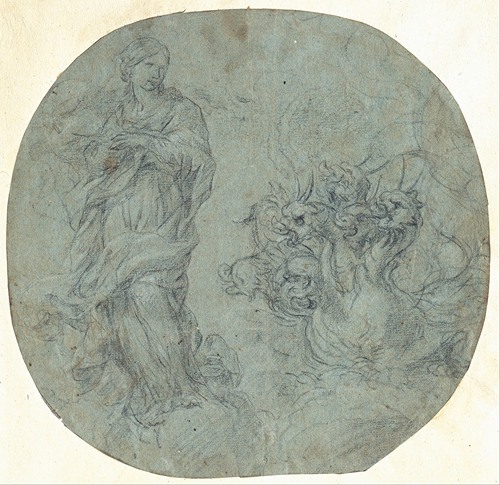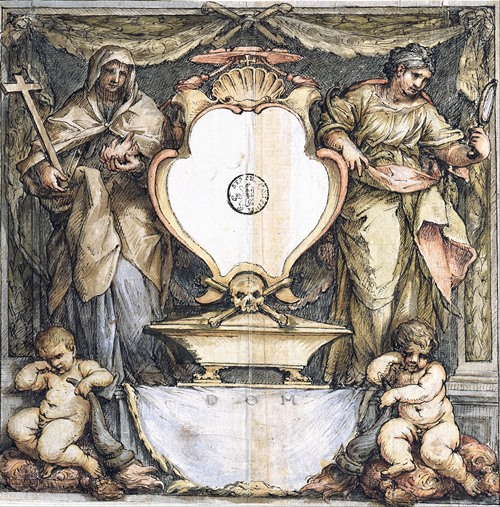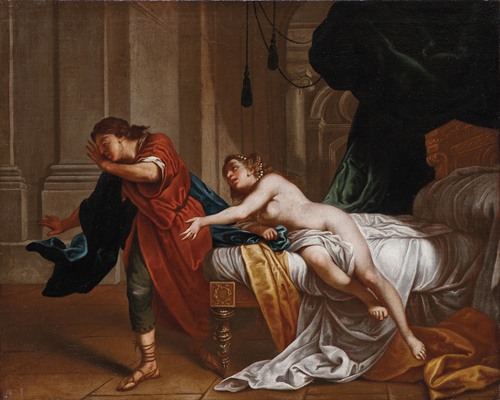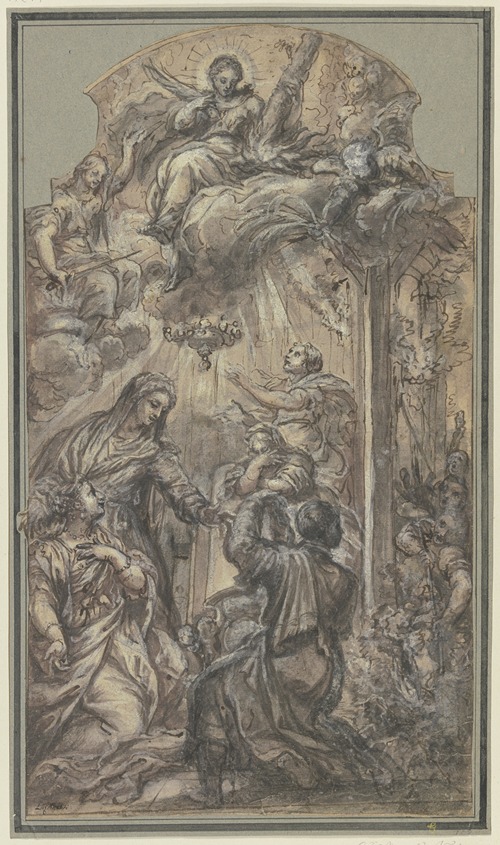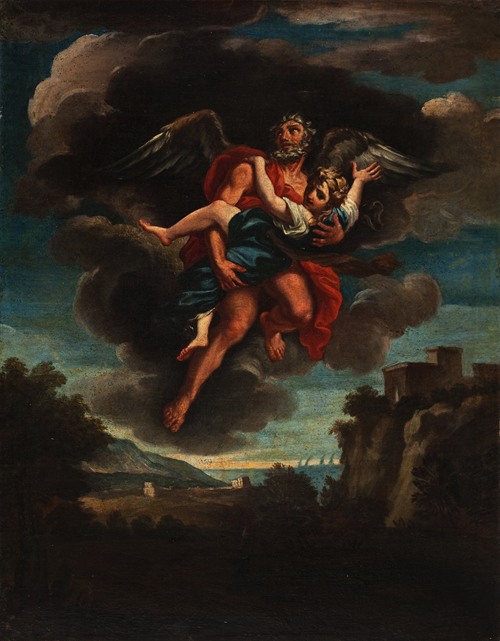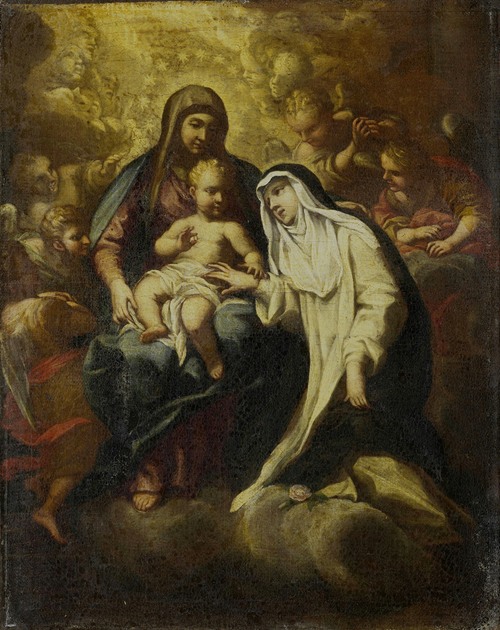
Lazzaro Baldi was an Italian painter and engraver of the Baroque period, active mainly in Rome.
Baldi was born in Pistoia around 1624. He is initially postulated to have been a pupil of a little known Francesco Leoncini in his native city. Attracted by the fame of his fellow Tuscan Pietro da Cortona, and seeking his instruction, he sought da Cortona in Rome, where he was welcomed. Pascoli narrated that he obtained the first commissions through da Cortona, under whom he became adept at fresco technique.
The first public work was probably the St Francis painted in the third chapel to the left in the church of San Marco in Rome, dating back to the seventeenth century decoration of the church (1653–56). He painted a David and Goliath for Alexander VII in the Palazzo Quirinale, where his style evolved into a choice of light tones that will remain typical of his painting, today appreciable above all in the frescoes.
Gradually Baldi came to personal interpretation of the style of Cortona, by then dominant style in Rome along with style represented by Andrea Sacchi. He accepted compositional formulas and the typology, but not the baroque impetus. In the representation of the landscape he was influenced by Gaspar Dughet - the French artist who painted the background in the Creation of Adam and Eve - and also from Pier Francesco Mola and his background in the altarpiece The Rest During the Flight to Egypt.
He also executed frescoes (1658) for the church of San Giovanni in Oleo and a San Giovanni in Patmos(1660–1665) for San Giovanni in Laterano. He also painted an altarpiece of the Martyrdom of St. Lazarus for the church of Santi Luca e Martina. He also worked in Camerino; Pistoia (an Annunciation for the church of San Francesco and a Repose in Egypt for the Umilta); and Perugia (Casa Borgia-Montemellino). As an engraver, Baldi is known for a plate on The Conversion of St. Paul.
